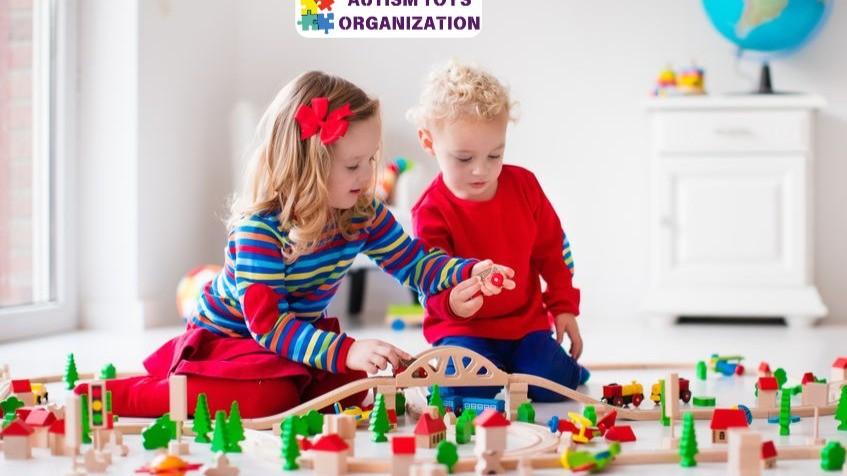Which Therapies Can Help With Autism?
A number of therapies can help people with autism improve their abilities and reduce their symptoms. Starting therapy early — during preschool or before — improves the chances for your child’s success, but it’s never too late for treatment.
The American Academy of Pediatrics (AAP) recommends you start to research therapies as soon as you suspect your child has autism, rather than waiting for a formal diagnosis. It can take a lot of time, tests, and follow-ups with specialists to get a formal diagnosis.
What works varies from person to person. Get to know some of the most popular — and proven — therapies.
Play Therapy
Children with autism often play differently than other kids do. They’ll likely focus on parts of a toy (like wheels) rather than the whole toy. They “pretend play” like other kids do. And they may not want to play with others.
But to many children with autism spectrum disorder (ASD), playing is the way they express themselves — their toys and their actions may become their words. Play can help children with ASD learn and connect with other people, both children and adults, in a way they understand.
Play therapy can improve their social and emotional skills, help them think in different ways, add to their language or communication skills, and expand the ways they play with toys and relate to other people.
Children with ASD can benefit from any one of several kinds of play therapy:
Floor time is a common play therapy. You, a teacher, or a therapist gets down on the floor to play with your child on their terms. You join in by playing the same way that your child is playing, then you add something to the game.
It might be a second toy or a few words to introduce language to the game. The goal is to create play that goes back and forth between you and your child to encourage more communication and add something new to their play. It should help them grow emotionally and learn how to better focus their thinking.
Your child may meet with a therapist for up to 25 hours per week for Floortime, or you and your child can do this at home. Studies show that most children who have Floortime therapy for 25 hours a week for 2 years or longer improve in all areas of development.
Integrated play groups (IPGs) combine children both with and without autism spectrum disorder so those with ASD can follow their peers’ lead and learn how to play. Groups have three to five children, with just a few children with ASD in each group.
Adult leaders set the tone for play, but the children eventually take over. If your child participates in IPGs, they might pretend play more over time, and they’ll have many chances to improve their social skills while they spend time with other kids.
IPGs can meet for up to 3 hours a week. Research shows that children with ASD who had two 30-minute IPG sessions a week for 4 months improved their quality of play, used their toys in a more typical way, and showed improved social interaction with their peers.
Joint attention symbolic play engagement and regulation (JASPER) can help your child better focus on a toy and a person at the same time. Improving joint attention skills can help them play with other children. The JASPER program can also help your child engage in more pretend play, broaden the way they play with toys, speak more with others, and improve other social skills.
Children who have JASPER therapy often meet one-on-one with a therapist. JASPER is sometimes offered in preschool settings. Children may have this type of therapy for up to 25 hours per week.
You may notice that your child gains new skills within just a few weeks. They might be talking more while they play. Or they could be “driving” cars down a ramp instead of just spinning the wheels. This type of therapy could go on for months or years, depending on their needs.
How can you find play therapy?
You can ask your doctor to refer you to local therapists who engage in play therapy. You can also search online at the Association for Play Therapy’s play therapist directory.


